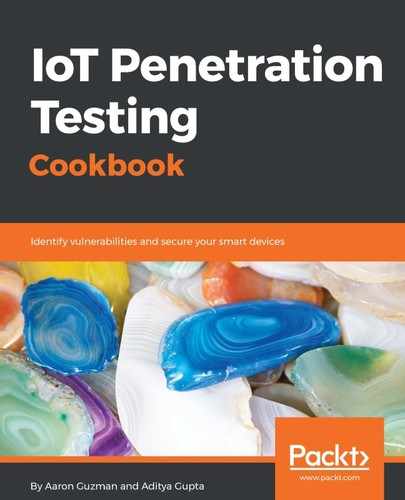While using lower level languages such as C, there is a high chance of memory corruption bugs arising if bounds are not properly checked and validated by developers programmatically. Preventing the use of known dangerous functions and APIs aids against memory-corruption vulnerabilities within firmware. For example, a non-exhaustive list of known, unsafe C functions consists of: strcat, strcpy, sprintf, scanf, and gets. Common memory-corruption vulnerabilities such as buffer overflows or heap overflows can consist of overflowing the stack or the heap. The impact of these specific memory-corruption vulnerabilities when exploited differ per the operating system platform. For example, commercial RTOS platforms such as QNX Neutrino isolates each process and its stack from the filesystem minimizing the attack surface. However, for common Embedded Linux distributions this may not be the case. Buffer overflows in Embedded Linux may result in arbitrary execution of malicious code and modification to the operating system by an attacker. In this recipe, we will show how tools can help with detecting vulnerable C functions and also provide security controls along with best practices for preventing memory corruption vulnerabilities.
 Preventing memory-corruption vulnerabilities
by Aditya Gupta, Aaron Guzman
IoT Penetration Testing Cookbook
Preventing memory-corruption vulnerabilities
by Aditya Gupta, Aaron Guzman
IoT Penetration Testing Cookbook
- Preface
- IoT Penetration Testing
- Introduction
- Defining the IoT ecosystem and penetration testing life cycle
- Firmware 101
- Web applications in IoT
- Mobile applications in IoT
- Device basics
- Introduction to IoT's wireless communications
- Setting up an IoT pen testing lab
- Software tool requirements
- Firmware software tools
- Web application software tools
- Mobile application software tools
- Radio analysis tool requirements
- Radio analysis hardware
- Radio analysis software
- IoT Threat Modeling
- Analyzing and Exploiting Firmware
- Exploitation of Embedded Web Applications
- Exploiting IoT Mobile Applications
- IoT Device Hacking
- Radio Hacking
- Firmware Security Best Practices
- Mobile Security Best Practices
- Securing Hardware
- Advanced IoT Exploitation and Security Automation
- Software tool requirements
Preventing memory-corruption vulnerabilities
-
No Comment
..................Content has been hidden....................
You can't read the all page of ebook, please click here login for view all page.